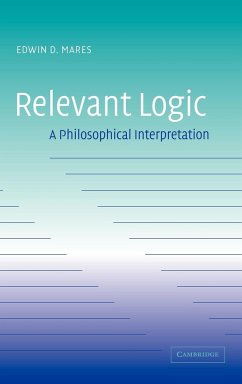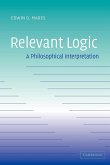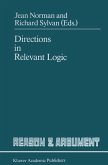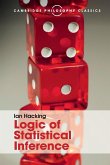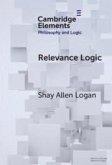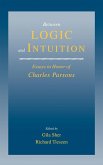This book introduces the reader to relevant logic and provides the subject with a philosophical interpretation. The defining feature of relevant logic is that it forces the premises of an argument to be really used ('relevant') in deriving its conclusion. The logic is placed in the context of possible world semantics and situation semantics, which are then applied to provide an understanding of the various logical particles (especially implication and negation) and natural language conditionals. The book ends by examining various applications of relevant logic and presenting some interesting open problems. It will be of interest to a range of readers including advanced students of logic, philosophical and mathematical logicians, and computer scientists.
Table of contents:
Part I. Relevant Logic and its Semantics: 1. What is relevant logic and why do we need it?; 2. Possible words and beyond; 3. Situating implication; 4. Ontological interlude; 5. Negation; 6. Modality, entailment, and quantification; Part II. Conditionals: 7. Indicative conditionals; 8. Counterfactuals; Part III. Inference and its Applications: 9. The structure of deduction; 10. Disjunctive syllogism; 11. Putting relevant logic to work; 12. Afterword; Appendix A: The logic R; Appendix B: Routley-Meyer semantics for R.
This book introduces the reader to relevant logic and provides the subject with a philosophical interpretation. It offers a systematic account of the motivation, key features and applications of this type of logic, with particular emphasis on its philosophical dimension.
This book introduces the reader to relevant logic and provides it with a philosophical interpretation.
Hinweis: Dieser Artikel kann nur an eine deutsche Lieferadresse ausgeliefert werden.
Table of contents:
Part I. Relevant Logic and its Semantics: 1. What is relevant logic and why do we need it?; 2. Possible words and beyond; 3. Situating implication; 4. Ontological interlude; 5. Negation; 6. Modality, entailment, and quantification; Part II. Conditionals: 7. Indicative conditionals; 8. Counterfactuals; Part III. Inference and its Applications: 9. The structure of deduction; 10. Disjunctive syllogism; 11. Putting relevant logic to work; 12. Afterword; Appendix A: The logic R; Appendix B: Routley-Meyer semantics for R.
This book introduces the reader to relevant logic and provides the subject with a philosophical interpretation. It offers a systematic account of the motivation, key features and applications of this type of logic, with particular emphasis on its philosophical dimension.
This book introduces the reader to relevant logic and provides it with a philosophical interpretation.
Hinweis: Dieser Artikel kann nur an eine deutsche Lieferadresse ausgeliefert werden.

